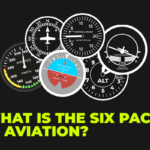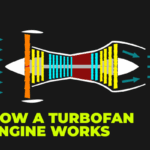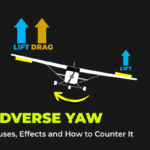The skies are crowded with aircraft of various sizes and speeds, all navigating through the airspace with precision and caution. However, with such a dense and dynamic environment, the risk of mid-air collisions is ever-present. To mitigate this risk and ensure the safety of air travel, modern aircraft are equipped with advanced collision avoidance systems, with one of the most prominent being the Traffic Collision Avoidance System (TCAS). In this chapter, we will delve into the workings of TCAS, its components, modes of operation, and its crucial role in enhancing aviation safety.
Understanding TCAS:
Traffic Collision Avoidance System, commonly known as TCAS, is an avionics system designed to monitor the airspace around an aircraft and provide timely advisories to pilots to avoid potential collisions with other aircraft. TCAS operates independently of ground-based air traffic control and is primarily utilized to prevent mid-air collisions, especially in situations where aircraft are flying in close proximity to each other.

Components of TCAS:
Transponder
At the core of TCAS is the aircraft’s transponder, which emits a unique identification code and altitude information to other aircraft and ground-based radar systems. The transponder plays a vital role in enabling TCAS to detect nearby aircraft and assess collision risks accurately.
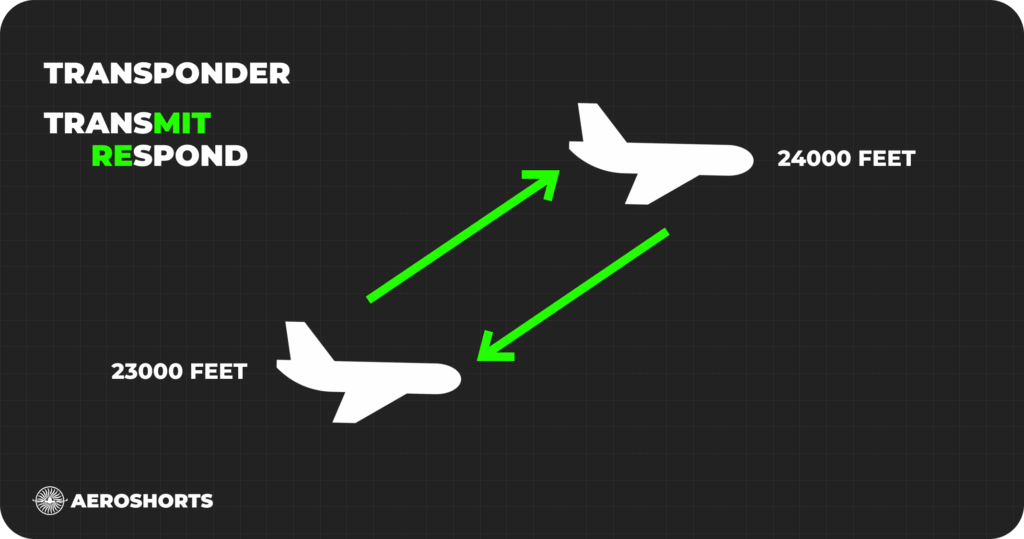
Antennas
TCAS antennas, typically located on the top and bottom of the aircraft fuselage, receive signals from nearby aircraft transponders. These antennas facilitate the detection and tracking of other aircraft within the vicinity.
Computing System
TCAS relies on a sophisticated computing system to analyze data from the transponder and antennas, assess the relative positions and trajectories of nearby aircraft, and generate collision avoidance advisories.
Modes of Operation:
Traffic Advisory (TA)
In the Traffic Advisory mode, TCAS provides pilots with visual and audible alerts regarding the presence of nearby aircraft that may pose a potential collision threat. These advisories prompt pilots to visually scan for the traffic and take evasive action if necessary.
Resolution Advisory (RA)
If TCAS determines that a potential collision is imminent, it issues Resolution Advisories to both pilots involved. These advisories include specific instructions for vertical maneuvering, such as climb or descent, to maintain safe separation from the conflicting aircraft.
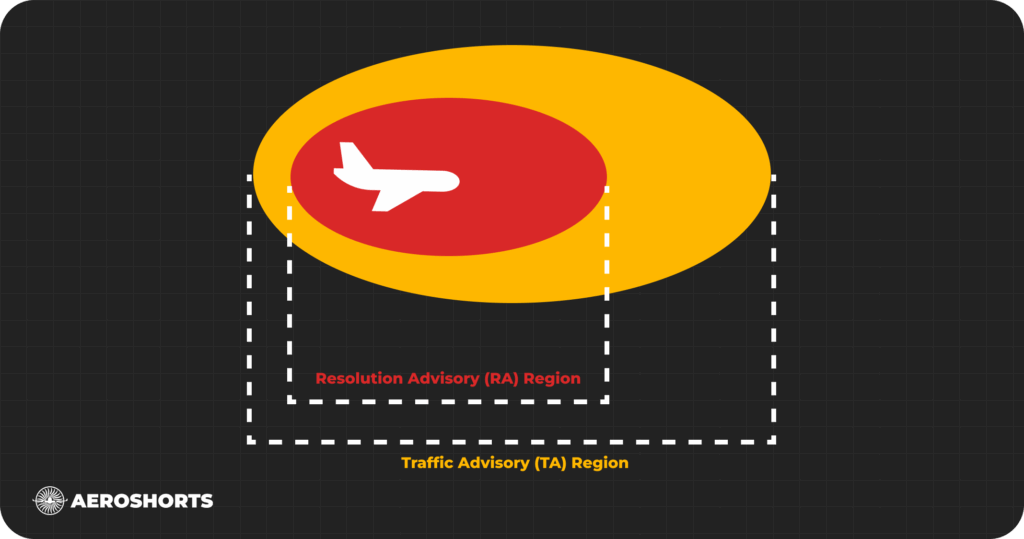
Integration with Cockpit Displays:
TCAS advisories are typically displayed on the aircraft’s cockpit display systems, allowing pilots to quickly assess the situation and respond accordingly. The TCAS display provides real-time information about the relative positions, altitudes, and trajectories of nearby aircraft, aiding pilots in making informed decisions to avoid collisions.
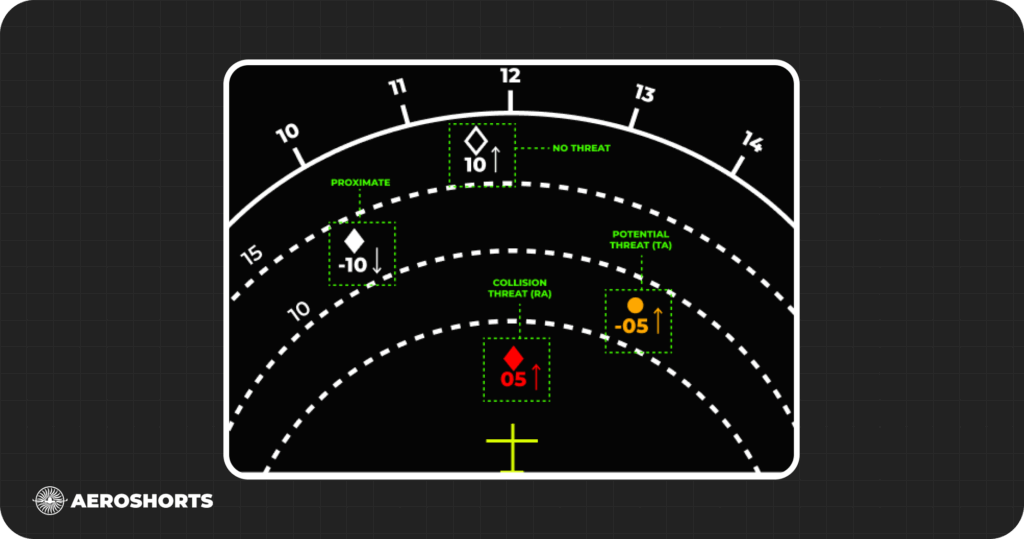
Conclusion:
The Traffic Collision Avoidance System (TCAS) stands as a critical safety net in the modern airspace, helping pilots detect and avoid potential collisions with other aircraft. With its ability to operate independently of ground-based systems and provide timely advisories, TCAS enhances situational awareness and enables safe navigation through congested airspace, ultimately ensuring the continued safety and efficiency of air travel.
